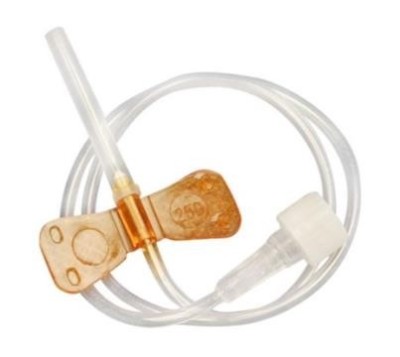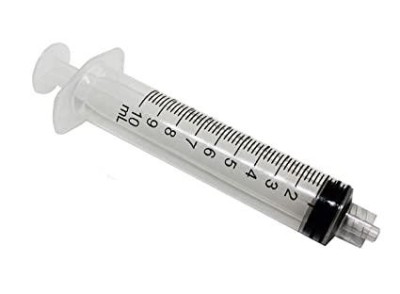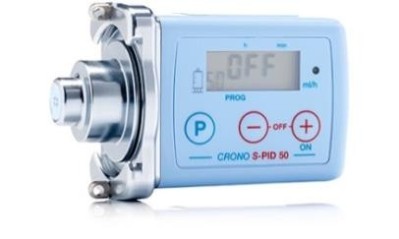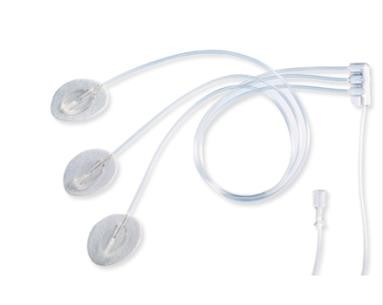This leaflet has been provided to help answer some questions you may have about subcutaneous immunoglobulin therapy (SCIg), how it is given and how it differs from infusions of intravenous (straight into a vein) immunoglobulin (IVIg).
SCIg is most commonly an option for patients with an immunodeficiency who need treatment to replace missing antibodies to help them fight infections. It is also becoming increasingly available for neurology, dermatology, and rheumatology (immunomodulatory) patients who have an overactive immune system and need high doses of immunoglobulin to stop the body harming itself by mistake.
In most cases, SCIg can be given by yourself (or family member/carer) at home for more flexibility and convenience. It is often better tolerated than IVIg, with patients reporting fewer side effects, and allows you to have greater control of your treatment.

What is SCIg?
SCIg therapy has been used safely to treat thousands of patients with immunodeficiency for over 25 years. It involves an injection of immunoglobulin into the fatty tissue under the skin (most commonly into the abdomen or thighs).
Needle insertion is very simple and generally less painful than inserting an IV cannula (a thin tube) into a vein. It can usually be taught within one or two training sessions.
There are two methods used for SCIg administration: manual push and weekly pump. Both have their advantages, but the push method has fewer steps and can be taught more quickly.
Manual push
Manual push is done by hand using a conventional syringe and thin butterfly needle.


Once the immunoglobulin solution has been drawn up into the syringe it is injected into the fatty tissue in the abdomen or thigh over a period of two to five minutes. It may feel a little prickly whilst it is going in but is generally not painful. This will be repeated several times a week or multiple times per day, depending on your overall dose and preference.
Weekly pump
This involves injecting the same amount as the manual push method each week but given as a single dose using a special pump and needle set. It is usually given via two to four sites on the body with the dose divided equally between each one (using the special line with multiple needles coming off it as pictured below).


As this method has more steps, it may take longer for you to be trained in this technique. A weekly dose usually takes between 30 to 60 minutes.
Both methods have their advantages, but it is ultimately your choice of which is more suitable for you.
Is it safe to do at home?
Yes. The side effects of SCIg are less than IVIg as there is less immunoglobulin being given at any one time. It also has a slower release into the body which also helps to reduce potential side effects. We would support you until you feel confident to undertake the treatment yourself at home.
Side effects
SCIg is usually a very well tolerated treatment which most patients can receive without any problems. Due to the method of its administration, SCIg will always leave a small amount of swelling around the injection site.
This is quite normal and will usually be gone after 12 to 24 hours. It is also common for a small red patch to appear which may be a little itchy.
Rarely, some patients report other side effects, some of which are more common than others:
- Common: headache, tiredness after infusion, feeling groggy, muscle ache
- Rare: flushing, feeling sick, itchiness, rash, irritability, shivering, lower back pain, light headedness
- Very rare: chest pain, wheezing, severe dizziness or fainting, tightness in chest or throat, severe headache (aseptic meningitis).
Other extremely rare complications include renal failure, haemolytic anaemia, and anaphylaxis (a severe allergic reaction) or thromboembolic reactions such as stroke, pulmonary embolism, or deep vein thrombosis (DVT).
These side effects are all like IVIg so, if you are already receiving immunoglobulin this way and tolerating it, there is no increase in risk. Your clinical team will explain how to deal with any reactions that you may experience to your treatment.
Equipment
Following training, and when you are confident to undertake the treatment at home, the immunoglobulin and all other equipment needed (needles, syringes, sharps bins etc) can be delivered to an address of your choice within mainland UK. Deliveries are usually every three months but may be more frequent depending on the amount of stock you require.
Storing your Ig at home
Immunoglobulin is very easy to store. It can be kept at room temperature for at least two months, and sometimes for longer. It must be kept in its box as it is light sensitive, and away from any sources of heat.
Is it as effective as IVIg?
Yes, studies have demonstrated that SCIg is as effective as IVIg for most immunomodulatory conditions. Any changes with your dose when converting to SCIg will be discussed with your consultant beforehand and your symptoms will continue to be monitored.
Observations during your treatment
Monitoring blood pressure and other observations are not necessary as long as you are well enough to have your immunoglobulin treatment. Knowing when to go ahead with your treatment will be part of your training, together with how to identify and deal with any reactions that you may have.
Do you have any further questions?
Please let your team know if you have any questions relating to your treatment at any point. You can reach your team by email: rf.
 Translate
Translate